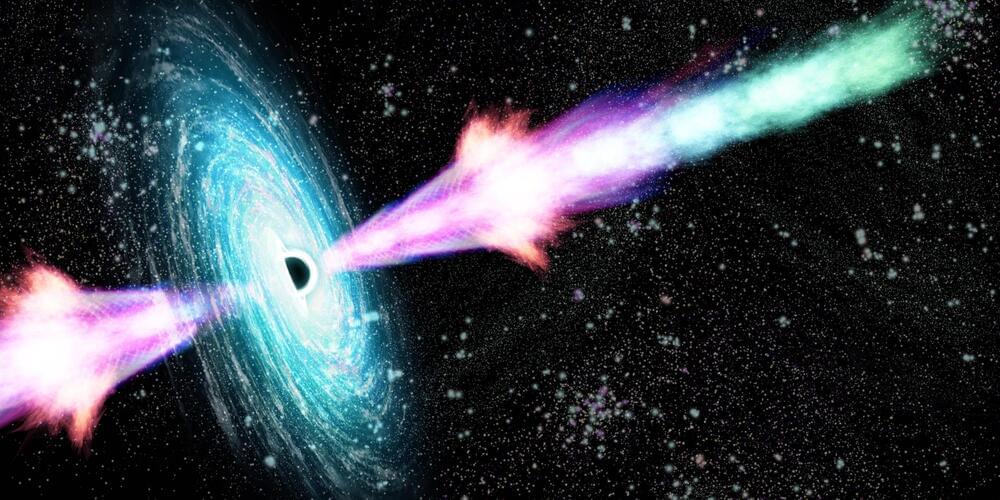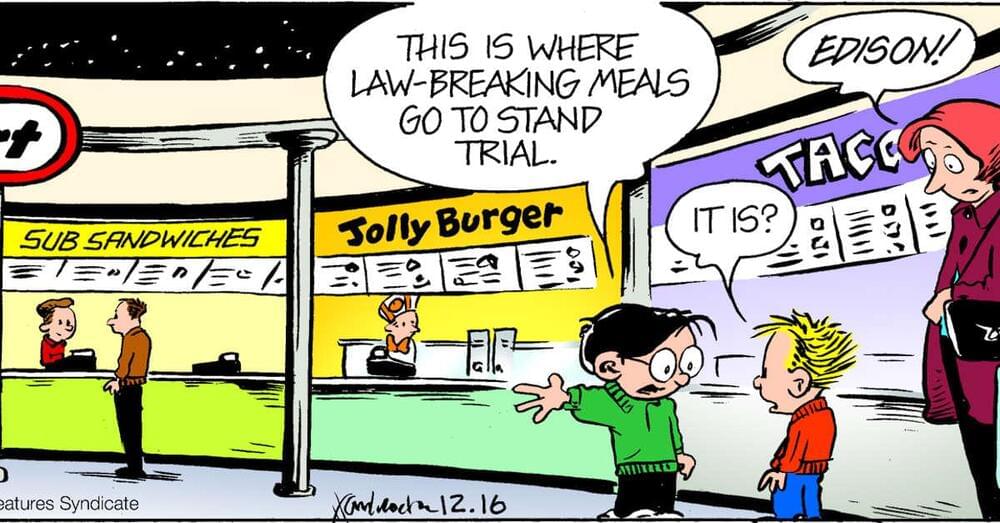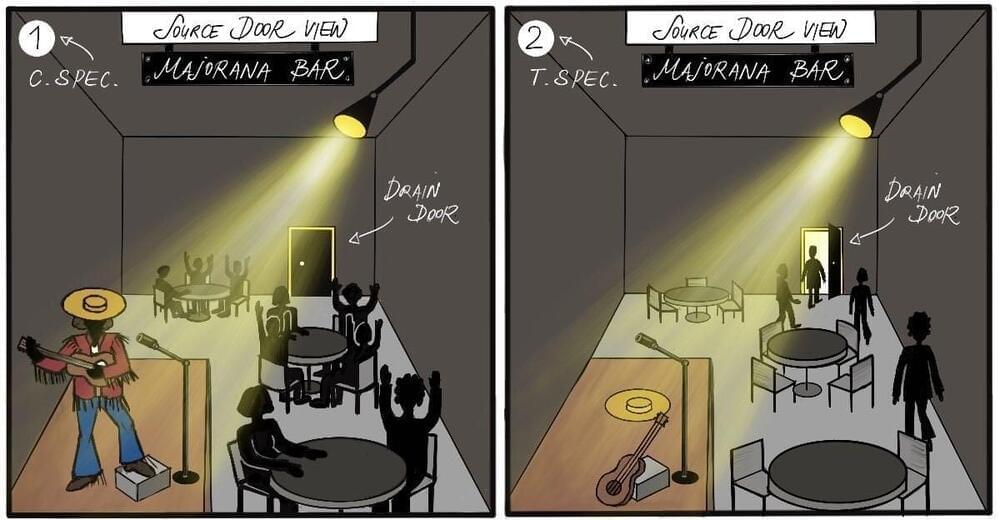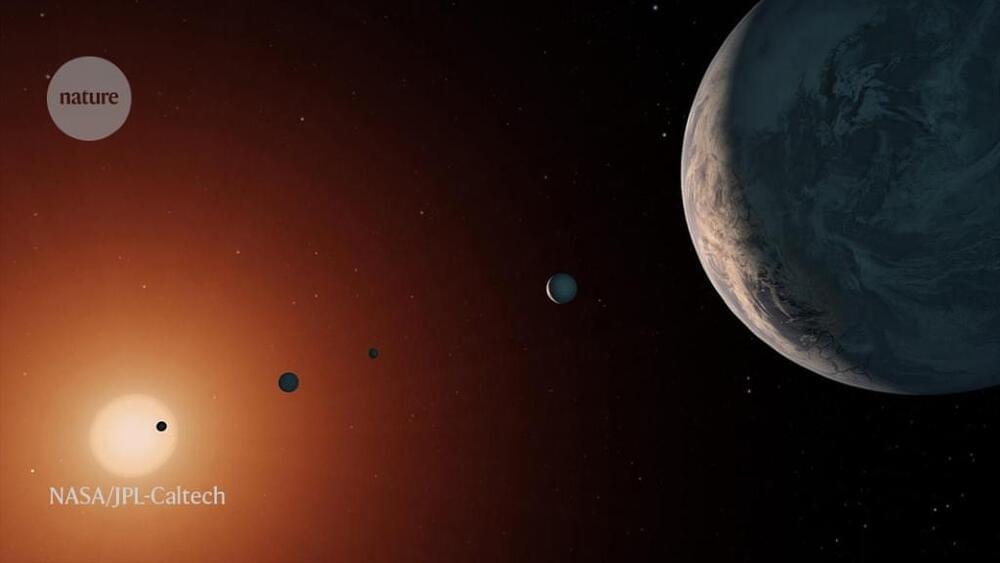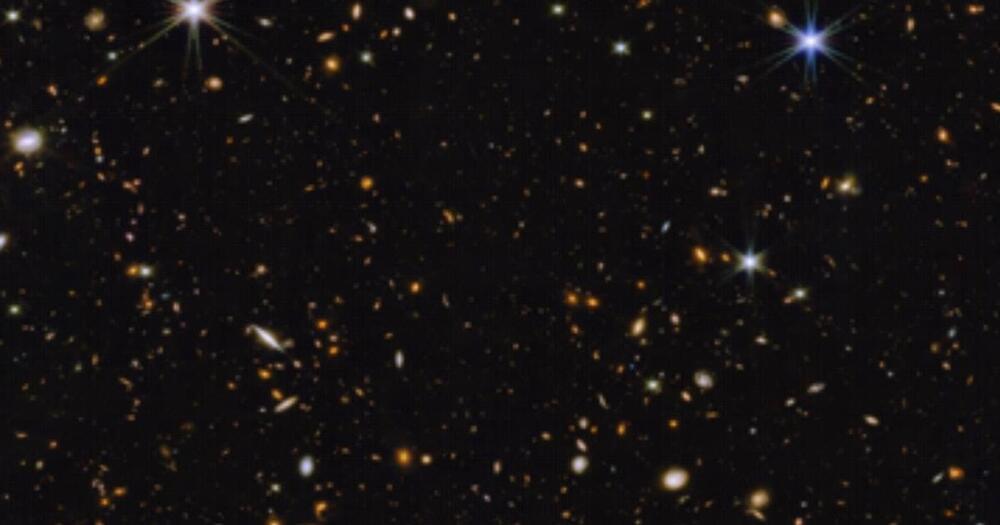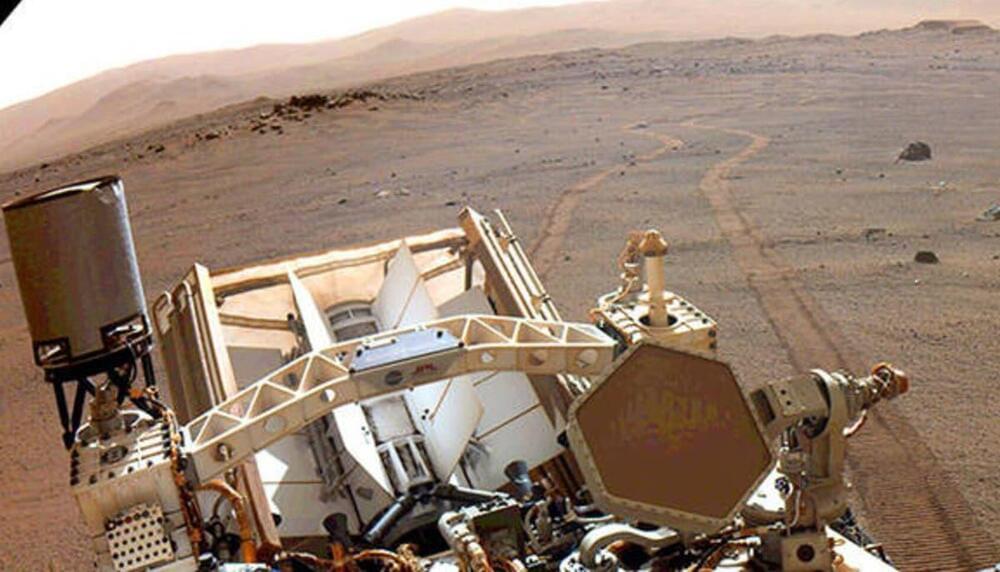Dec 17, 2022
One of the Most Powerful Ever Detected: Astronomers Determine the Source of a Rare Massive Gamma-Ray Burst
Posted by Saúl Morales Rodriguéz in category: space
Scientists determine that a gamma-ray burst detected on Earth was caused by a space explosion that happened less than 900 million years ago.
On September 5, 2021, light from a very energetic gamma-ray burst (GRB) – an incredibly energetic explosion that happened in a faraway galaxy – reached our planet. To get to Earth, it traveled for more than 12.8 billion years. The glow began its journey when the Universe (which is considered to be 13.7 billion years old) was just 880 million years old.
A worldwide team of astronomers proceeded to study the explosion’s afterglow in the months that followed this finding in order to understand what caused it. Dr. Andrea Rossi, a researcher at the Italian National Institute of Astrophysics (INAF), headed the group. Professor Carole Mundell from the University of Bath was also involved.
